A head of color the Scandinavian blond makes for a long time to admire her - this is an impeccable attribute when creating the image of a real beast. Consider in more detail the features of the shade and the nuances of staining.

North blonde
In nature, yellowness is not inherent in such a color: in childhood, the owner of such hair is a real blond angel, the shade of the hair is almost snow-white, with a pinkish tint at the roots. As a teenager, such a girl possesses curls with a metallic shade: in each hair, the concentration of the natural dye produced by the body increases.
This shade remains until the first subsidence, casting either silver or platinum, Scandinavian - fellow platinum blonde. Yes, and at an advanced age, the northern blonde turns gray imperceptibly, the platinum color changes to bluish, which makes a significant contribution to the perfection of the coloring of the hairstyle.
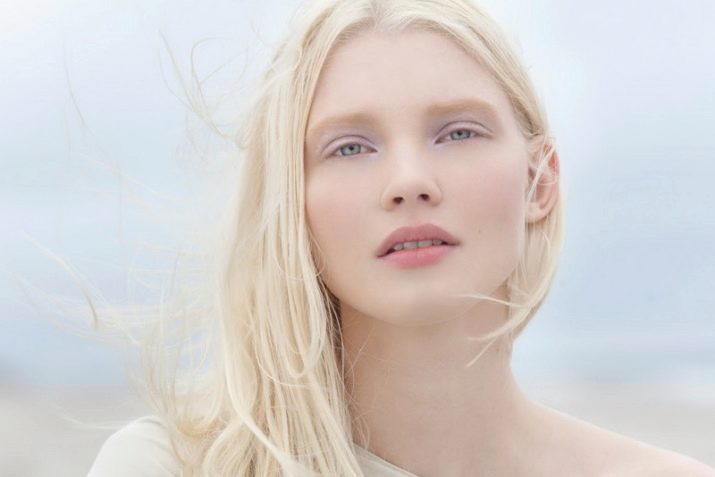
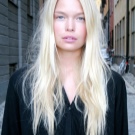
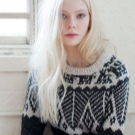
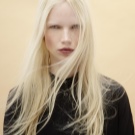


Requirements
Scandinavian blond - a shade of hair with almost white strands, providing for a smooth transition from roots to tips. A clear separation, sharp transitions between the light and dark areas are unacceptable. The lady should not be old age: the Nordic blond is combined with fresh and supple skinand a woman who has not yet crossed the mark of retirement age, such a color will only grow old, having thrown her another ten years, and only the zone that has grown at the roots will give out artificiality. If gray hair has already broken through, then it is better to toned.



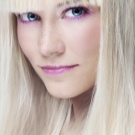
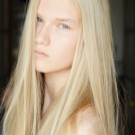

Staining principles
Since recently, masters have mainly used three methods of staining for the Nordic blond: creating the effect of burnout in the summer heat, ombre and shatush. Coloring, highlighting and contrasting treatment are not suitable - they deprive the hairdress of the effect of naturalness. As a result, the result will be different: a person is able to distinguish up to 10 million color tones - so many color industry options do not produce. It is limited only by the spread of primary colors - from 1 (black) to 12 (a color that looks like toilet paper) and about a dozen tones that are “tied” to each of the colors. The total number of tones reaches more than a hundred - and the subtones characteristic of the Nordic blonde are brought to the desired condition already in the beauty salon.
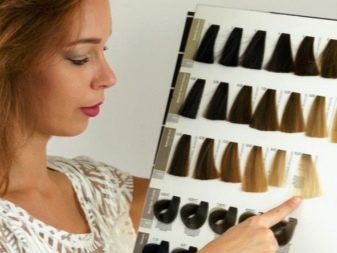
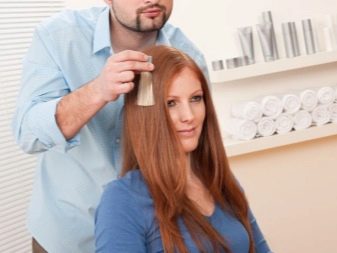
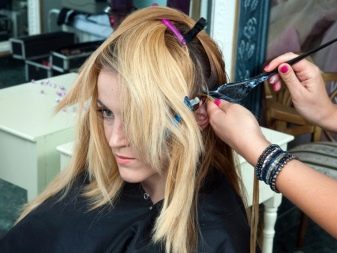
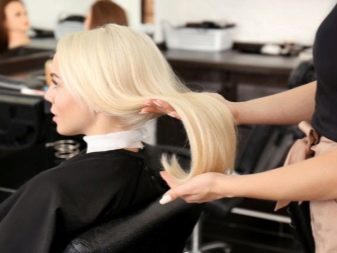
Nuances
Three types of Scandinavian blond are widespread: pearl, ashy and platinum. To eliminate yellowness, some ladies introduce a little violet dye into the composition, which may result, for example, ashy-sandy, pinkish blond or light-metallic. If the roots have grown significantly - the resulting color transition is extremely close to natural. A small introduction of peroxide (on average 2.25%) in the composition - and the Nordic blond is ready to use every month.
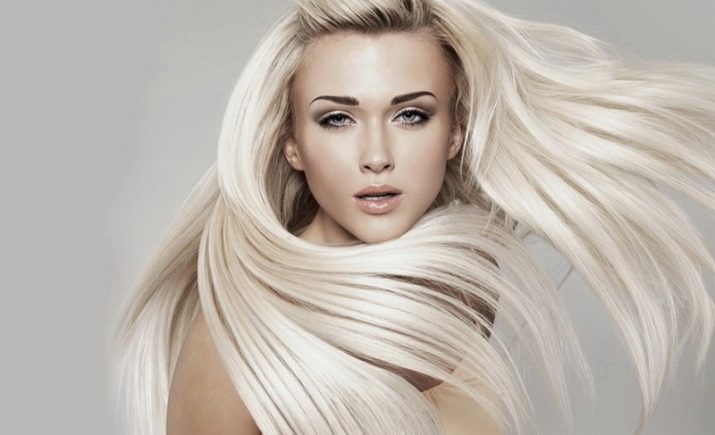
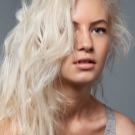

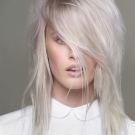

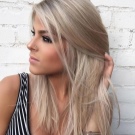
The experience of colorists reports that it is easiest to bring a darker blonde (with a hair color range of 9-12) to the north than to lighten a black-haired client from scratch. The lighter the initial color tone, the more difficult it is to recognize that the Nordic blonde is not nee, but corrected during forced repainting.
For born brunettes
Hair extensions will help to reject the tired "brunette" and effectively transform into a Nordic blonde.
Here you need a smooth repainting in several stages. It is difficult to obtain high-quality staining on your own - go to any beauty salon: the eye of the master is “hurt” and distinguishes far more shades that the client herself would not pay close attention to. A professional will select an individual staining scheme in exact accordance with the already existing tone, as well as give the right advice on preserving the acquired color for a long time.
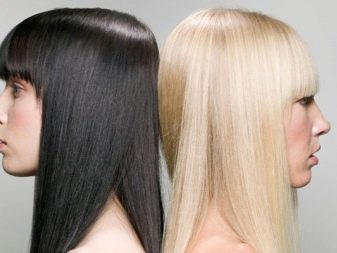
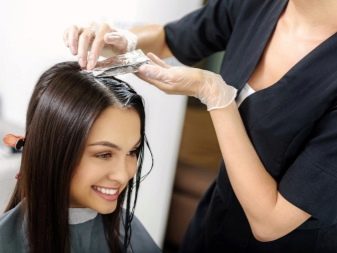
At first, dark hair will acquire a red tint. To eliminate redness and then yellowness, hair tinting is used, and over several stages of lightening and dyeing, the color of the hairstyle gradually “rises” to the level of the northern blonde, near the end of the hair it will gradually reach almost white.
An increase in the number of staining sessions will result in more pronounced color loss. In general, the brighter the client’s hairstyle, the more long the term and the greater the number of procedures for highlighting and repainting she will have to go through.
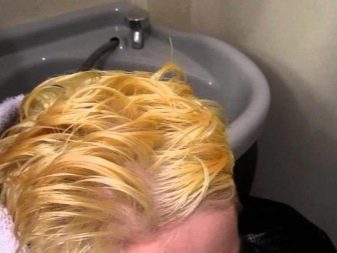
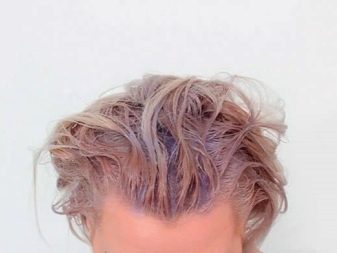
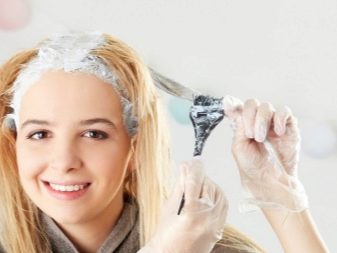
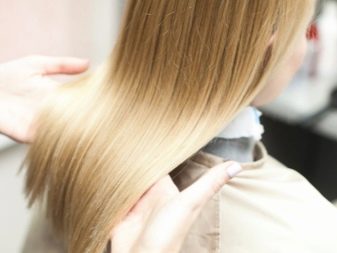
Although the blackened basal areas of the strands that grow back in time, although they give out “with a head” the lady’s non-affiliation to blondes, they will also add a fair amount of sexuality to the resulting contrast.
Some coloring compounds are able to immediately “raise” the color by 5-6 tones - in just 1-2 staining sessions. This is what every beauty salon uses. If you need the speed of the process - you can lighten the hair with peroxide to the limit - until they turn yellow, but there’s a great risk of turning them into something resembling hardness of straw or brush bristles. To avoid the last effect, they are intensely nourished with substances and reagents washed at the clarification stage. Sources of lost nutrients are all kinds of masks, gels and balms, conditioning additives in special shampoos.
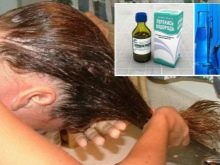

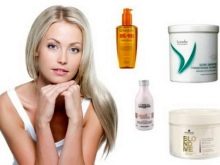
First you get a reddish-red color - then it will turn reddish-yellow. After a week of everyday lightening and nourishing sessions, proceed to tinting - an artificial coloring composition acts as a “toner”. Eliminating yellowness can be eliminated using a composition containing icy colors (blue-violet hues). If you sort through with a blue dye - the strands will be, like the fabulous Malvina.
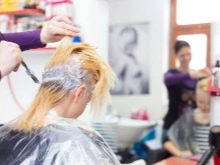
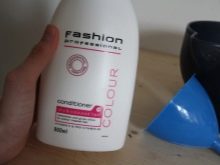

The proportions of the dyes can be determined by yourself, but the salon master, who has actually become an expert in hair coloring, will do this most accurately. Some clients, flattered by the paint with a shade of the northern blond, get a shade full of yellowness, after which they accuse the manufacturer of the hack, and not themselves, of inattention when choosing.
When re-bleaching hair, trying to replace the same platinum blond with an arbitrary shade, for example, greenish-blue when creating a trash hairstyle, ladies are faced with much more difficult - compared to natural - removal of artificial dye. The fact is that synthetic hair dyes are primarily aimed at the durability of the resulting "coating" - they are eaten into the scaly structure of the hair as it is not fixed, for example, when staining gray hair, the same henna is completely natural. In virtually identical conditions, the natural brown-haired woman is more likely to “grow thin” to a Nordic color than the client who has already repainted into a blonde of a different tone. When repainting is done according to all the rules, the result in any case will fully justify your efforts.
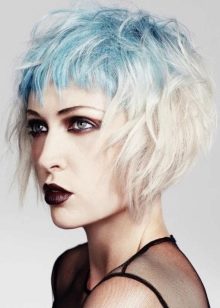
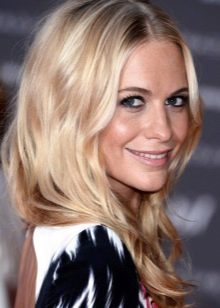
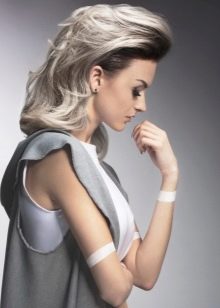
Examples of ready-made solutions
To make yourself a northern blonde, use the following items:
- Schw Syoss 10-12 - crystal blonde;
- Kapous Studio Professional 913 - ultralight beige blond;
- Guam Upker Color 9.0 - very light blond;
- Syoss Color 10 - Ultra Platinum Blonde;
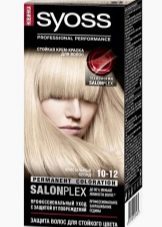

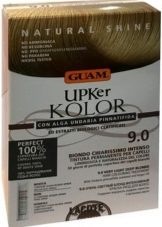
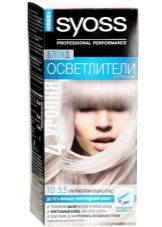
- NA 901 ultra-light ash blond Kapous (cream);
- Luminance Color 10.14 - crystal blonde;
- Brilliance 811;
- Garnier 111.
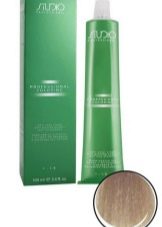
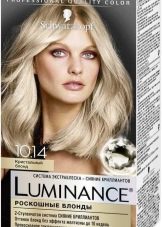

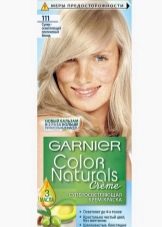
All of these paints require at least 3 days of clarification with peroxidic essences. If you want to lighten your hair as much as possible, then on the fourth day it is advisable to nourish them with firming compounds in order to avoid their drying out and loss. If you are unsure of your abilities, you should consult a stylist.
Why is yellowness formed?
Having found the paint that is suitable for the description in the salon, the customers first of all trust the picture, unlike the experienced workers in the color industry. The reality is as follows: the client may turn out to be with initially gray-haired (age makes itself felt) or with previously dyed hair in a completely different color. At first glance, the opinions of the “do-it-yourselfers” and the real stylists coincide, but the practical approach is different: this is reported by the reviews of those who have already tried the Scandinavian blond composition.
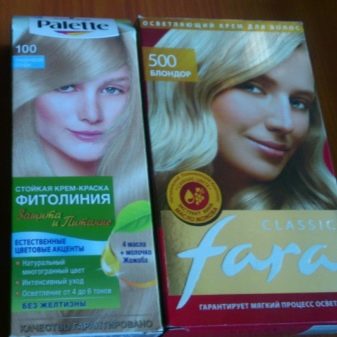
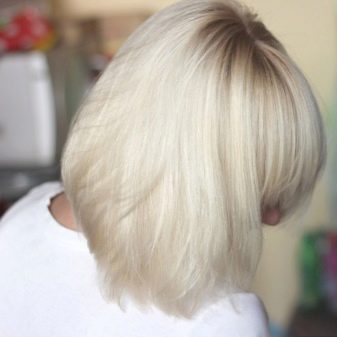
As a result, black-haired and brunettes staining after lightening can turn out red-red, the owners of the same brown tones become yellow-red. Each person has their own specific amount of pigment, laid down by nature and genetics - the shortage or enumeration of the “discoloration” and the dye can play a cruel joke: it will turn out not one hundred percent Nordic blond, but something remotely resembling it. If you overdo it with a cold color (blue-violet shades), it will come out not the Scandinavian blond, but the trash-coloring of more “flashy” tones.

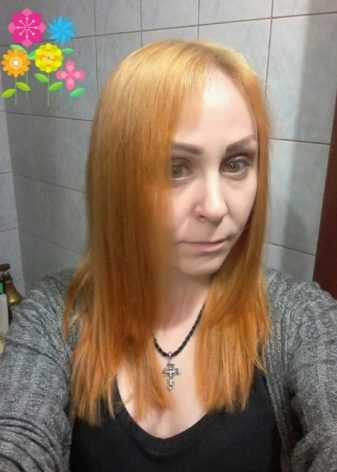
As an example
One of the famous faces of the catwalk - Siri Tollerod - showed a natural tone of curls that looks great on a cloudless day and under different artificial lighting. In the sun, its locks acquire a lemon tint, and at dusk - a platinum tone. A shade close to white reflects glare from bright objects and lighting. Taking pictures without a flash, she appears before the viewer as an ashen blonde, sometimes even more lightened, as in the Chanel show. There are very few girls and women like her in the world, and some, imitating her, resort to artificially giving their hair exactly this gamut.
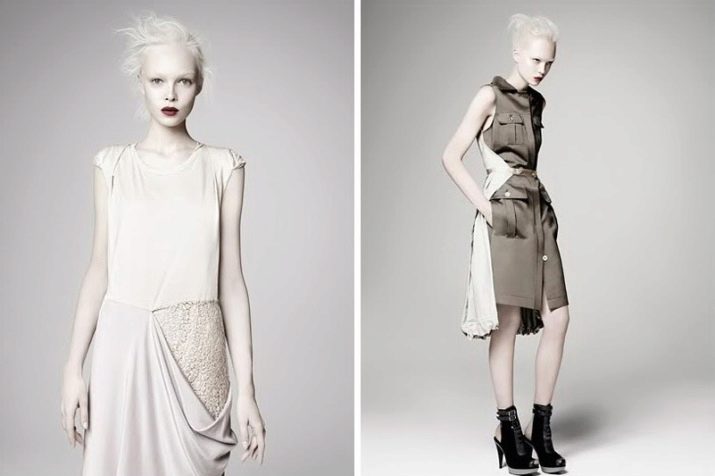
On how to dye from red to blond, see the next video.










